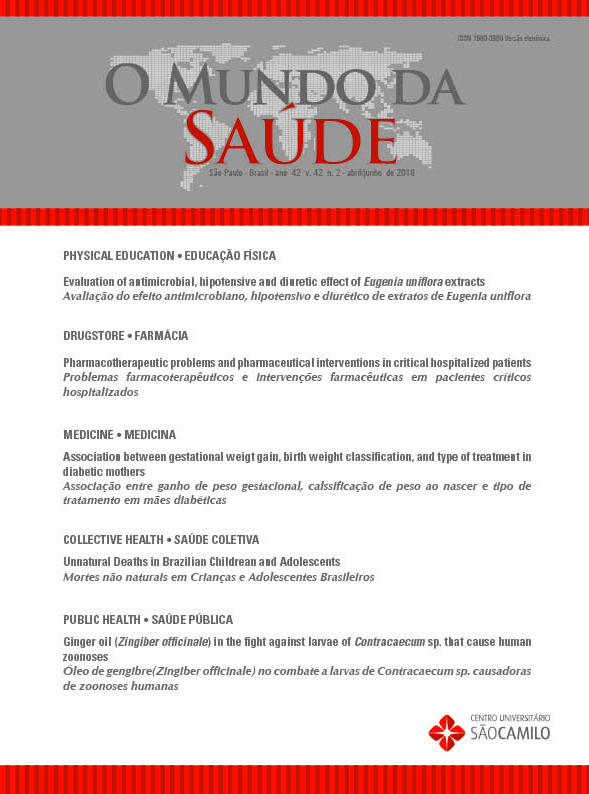Food Consumption of Schoolchildren from Public and Private Schools in Mucambo, Ceará, Brazil
DOI:
https://doi.org/10.15343/0104-7809.20184202434458Keywords:
Food consumption, Children, Cross-sectional StudiesAbstract
Data regarding the food consumption habits of children from small municipalities in the Northeast Region of Brazil are still limited. Knowledge of the eating habits of school-age children is important in the creation of nutritional education strategies mainly because exposure to certain foods may differ according to the type of school attended, whether public or private. The present study aimed to compare the food consumption of children from a public school and a private school in the municipality of Mucambo, Ceará. The study was carried out with 90 students from 9 to 12 years of age using a food frequency questionnaire to evaluate the consumption of items belonging to the following groups: “milk and dairy products”, “meat and eggs”, “fruits and vegetables”, “cereals and legumes”, “fats”, and “soft drinks and snacks”. The foods most consumed daily by the schoolchildren were rice, margarine or butter, and bread. A very low intake of milk and dairy products, fruits and vegetables, and fish was observed. Conversely, the consumption of sausages/processed meat proved to be high. It was also verified that the consumption of soft drinks and salty snacks was significantly higher (P < 0.05) among the students of the private school. On the other hand, pasta, beans, and crackers were significantly more consumed (P < 0.05) by the children from the public school. The results obtained are important to reinforce the need for nutritional education strategies and programs for families and schools, especially in small Brazilian cities.






























